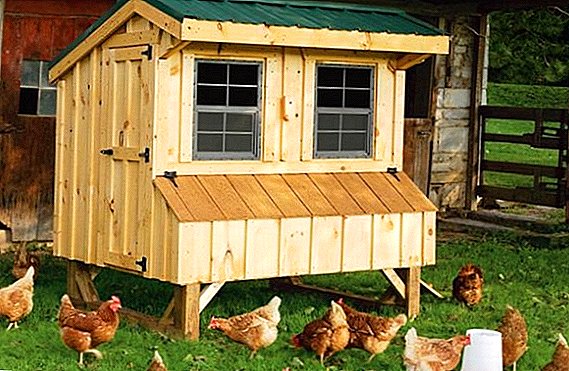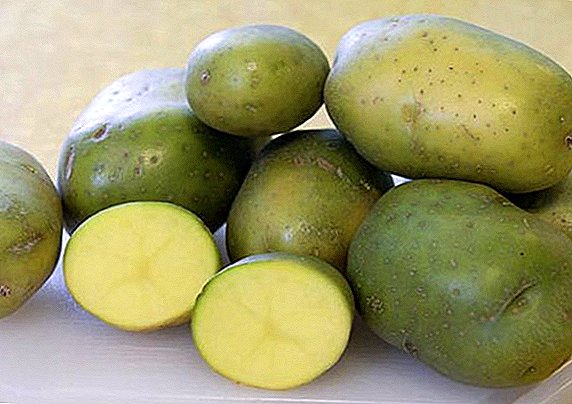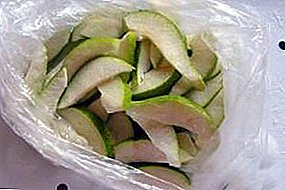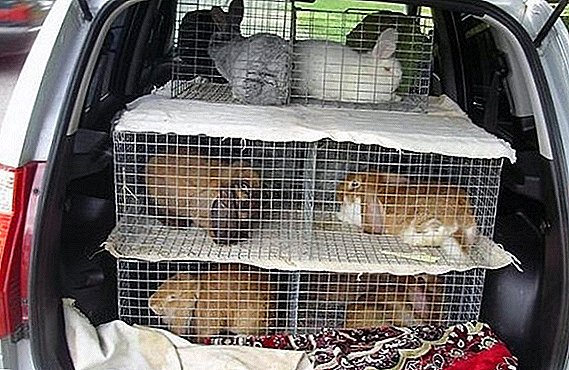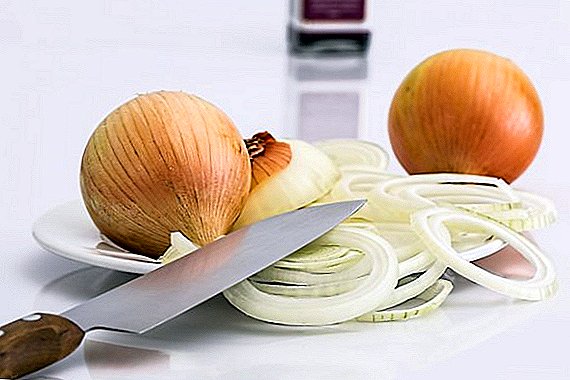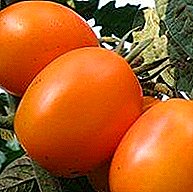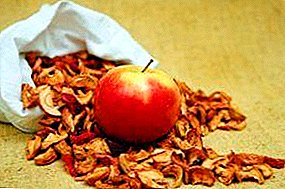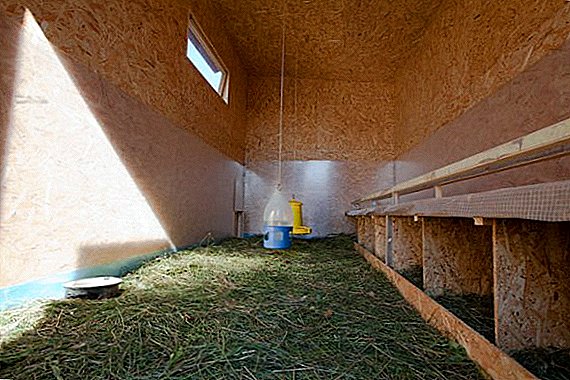 Regardless of what chickens you keep (meat or egg breeds), in order to achieve maximum bird productivity, you need to create good conditions for them. There are certain requirements for what should be the room for keeping domestic birds. In the article we will talk about how to do the floor in the hen house so that the birds feel comfortable and safe.
Regardless of what chickens you keep (meat or egg breeds), in order to achieve maximum bird productivity, you need to create good conditions for them. There are certain requirements for what should be the room for keeping domestic birds. In the article we will talk about how to do the floor in the hen house so that the birds feel comfortable and safe.
Conditions of keeping chickens in the hen house
Conditions for chickens of different breeds will be slightly different. 
However, there are basic rules for everyone:
- the house must always be clean;
- the room should have windows that are easy to open for ventilation. In the absence of those, it is necessary to equip a high-quality ventilation system;
- maintaining in the hen house the necessary temperature and humidity (depending on the breed of bird). Basically chickens easily live in unheated rooms. However, if your goal is the highest productivity, then heating is necessary. The optimal air temperature in the chicken coop is + 21-25 degrees. In winter, it should not fall below + 10-15;
- another important condition for the house is open space. Overcrowding threatens with infections and even epidemics, weakening of the immunity of birds. Coop occupy the rate of 2-3 layers per 1 square. m square;
- if chickens are running year-round, then it is necessary to ensure that the daylight hours in the house are maintained. If there are windows in the summer, the light penetrating through them will be enough. In winter, additional light sources are needed. Light day should be 14-16 hours.
Find out what is fermented chicken litter.
For the comfort of the hen the house should be equipped with:
- perches installed at different heights with a distance of 40-50 cm from each other;
- feeders - per 1 adult should be at least 10-15 cm;
- drinkers volume of 5-6 l;
- nests - 1 piece for 5 individuals;
- ash baths for dry bathing birds.
 The floor should be covered with a bed of straw, hay, sawdust or other materials. In winter, it should be somewhat thicker than in summer. If the house is not heated, then its layer should reach at least 30-40 cm. The litter needs to be changed twice a month (with increased humidity, you can do it more often). Kuram need to walk, so it is important to build for them an enclosure with shading and shelter from the weather. In place for walking also need feeders and drinkers.
The floor should be covered with a bed of straw, hay, sawdust or other materials. In winter, it should be somewhat thicker than in summer. If the house is not heated, then its layer should reach at least 30-40 cm. The litter needs to be changed twice a month (with increased humidity, you can do it more often). Kuram need to walk, so it is important to build for them an enclosure with shading and shelter from the weather. In place for walking also need feeders and drinkers.Did you know? Chickens can only be carried in the light. Even if the time of the egg has already come, the bird will wait for the day or the light to come on.
How does cold and warm floor affect bird health?
The floor in the room helps to maintain the desired temperature of the house, regardless of the weather outside. Its quality and the materials from which it is made, affect the health and development of birds, and also perform 3 main functions:
- support;
- heat insulating;
- protective.
 Living in a chicken coop with a cold floor, first of all beats the egg production of birds. When kept indoors with a warm floor, the birds are distinguished by a strong immune system and high productivity. They practically do not suffer from arthritis, pneumonia, catarrhal diseases. When choosing a floor covering, preference should be given to safe, moisture-resistant, durable, low thermal conductivity, eco-friendly options.
Living in a chicken coop with a cold floor, first of all beats the egg production of birds. When kept indoors with a warm floor, the birds are distinguished by a strong immune system and high productivity. They practically do not suffer from arthritis, pneumonia, catarrhal diseases. When choosing a floor covering, preference should be given to safe, moisture-resistant, durable, low thermal conductivity, eco-friendly options.Paul in a hen house with his own hands
Arrange the floor in the house in several ways and from different materials. Which option to choose depends on the size of the room, its arrangement and the material capabilities of the owner. Let's understand the pros and cons of the most common flooring - earthen, concrete and wood.
Read also about how to equip the floor layout of laying hens.
Ground floor device
Ground floor - the easiest option available to everyone. Simplicity and cheapness, undoubtedly, are its advantages. However, this option has more disadvantages. Among them:
- rapid cooling in the cold season;
- lack of protection from rodents and pests;
- difficulties in caring because such a floor can often form dirt.

The step-by-step instruction for the execution of this coverage option is as follows:
- Remove the vegetation layer.
- Align the base.
- Compact using tamper.
- Lay a 10-centimeter layer of greasy clay.
Concrete floor device
Another common flooring option in the house is concrete shading. To equip such a floor also does not require special knowledge and effort. The main advantages of concrete pavement - reliable protection from rodents and other pests, as well as durability (service life - about 20 years). It is resistant to moisture, fire and acid.  However, this option is cold and requires compulsory warming. The litter with a concrete field can be made of natural (wood chips, straw, hay, peat, etc.) and synthetic materials. Concreting the floor is as follows:
However, this option is cold and requires compulsory warming. The litter with a concrete field can be made of natural (wood chips, straw, hay, peat, etc.) and synthetic materials. Concreting the floor is as follows:
- Align the surface.
- Lay a layer of gravel or crushed stone (2-3 cm).
- Install perimeter limiters.
- Pour concrete solution, prepared at the rate of 4 buckets of sand on 1 bucket of cement with the addition of water. The solution should be liquid in consistency.
- Smooth the surface of the equalizer of wood.
- Leave the floor to set for a week.
Important! If you lay wooden planks on top of the concrete pavement, then the best floor for the house will come out. It will be reliably protected from rodents and at the same time warm.
Wooden flooring
Wood flooring is considered the best option. It is warm and does not require litter arrangement. Its advantages are also environmental friendliness, simplicity and speed of equipment, as well as ease of replacement and the possibility of different options for warming. 
However, this floor has a number of disadvantages:
- exposure to fungi and other microorganisms that impair the sanitary condition of the room;
- flammable;
- The possibility of injury to the paws of birds with improper handling
Independently manufacture a chicken coop at your summer cottage, equip it, make a beautiful design and ventilation.
Boards are placed under a slight slope for the convenience of cleaning work. Here’s what a short instruction on a wooden floor looks like:
- Lay parallel to the logs on the foundation.
- Optionally, lay between the lags of expanded clay.
- Perpendicular to the lag lay the boards so that the joint fell in the middle of the log.
- To beat boards to lags.
- To process a tree with water-repellent solutions.
- Lubricate the floor with lime mortar to protect against pests.
Important! When laying wooden flooring, it is necessary to ensure that there are no elements that can injure birds, such as nails, knots, sharp edges, etc.
How to quickly warm the floor in the hen house
Warming can be done by laying a litter of various materials. Its height should be from 10 to 30 cm, depending on the time of year. The most popular litter options are organic materials - straw, sawdust, peat, hay, moss, corn husk. Sawdust, straw and hay are considered the most common materials for quick and economical floor insulation. The most effective are moss and moss peat. When walking on them, the paws of birds are warm. In addition, they perfectly absorb odors and moisture.  Straw keeps heat longer, and sawdust does not cuddle. Sawdust is desirable to use only in combination with shavings and hay. To combine all these positive properties, make a mixed litter. For example, they take 3 parts of chips, 1 part of sawdust, add peat to them, and a layer of straw is poured on top. Also, the floor can be lined with a bed of synthetic materials (fermented formulations), purchased in specialized stores.
Straw keeps heat longer, and sawdust does not cuddle. Sawdust is desirable to use only in combination with shavings and hay. To combine all these positive properties, make a mixed litter. For example, they take 3 parts of chips, 1 part of sawdust, add peat to them, and a layer of straw is poured on top. Also, the floor can be lined with a bed of synthetic materials (fermented formulations), purchased in specialized stores.
Video: how to make a warm floor in the hen house
How to care for the coating
Organic litter should be changed at least twice a month. It is completely removed and disposed of, and a new one is put in its place. You can also pour new layers on top of the old one. Full replacement is made in the spring. The litter from fermented formulations is changed once every 2-3 years. The litter is placed on a clean, well-dried floor.
Did you know? Despite the generally accepted opinion about the chicken’s small brain and its simple structure, an adult can memorize about 100 people, recognize its owner in a crowd at a distance of 10 meters, orient itself in time, and easily learn many commands.If the floor is earthen, then its upper part, impregnated with smells and droppings, is also removed when replacing the litter. They get rid of the smell by scattering the sifted wood ash on the floor (1 bucket of 5-6 square meters). Wooden floor when changing litter again covered with a layer of lime.
 In order for the chickens to please their host with high egg production, tasty meat and good health, he needs to take care of decent conditions for their housing. You can create comfortable conditions for your birds with your own hands and without any special effort. The main thing is to follow the instructions and adhere to all the requirements described above.
In order for the chickens to please their host with high egg production, tasty meat and good health, he needs to take care of decent conditions for their housing. You can create comfortable conditions for your birds with your own hands and without any special effort. The main thing is to follow the instructions and adhere to all the requirements described above.Reviews





